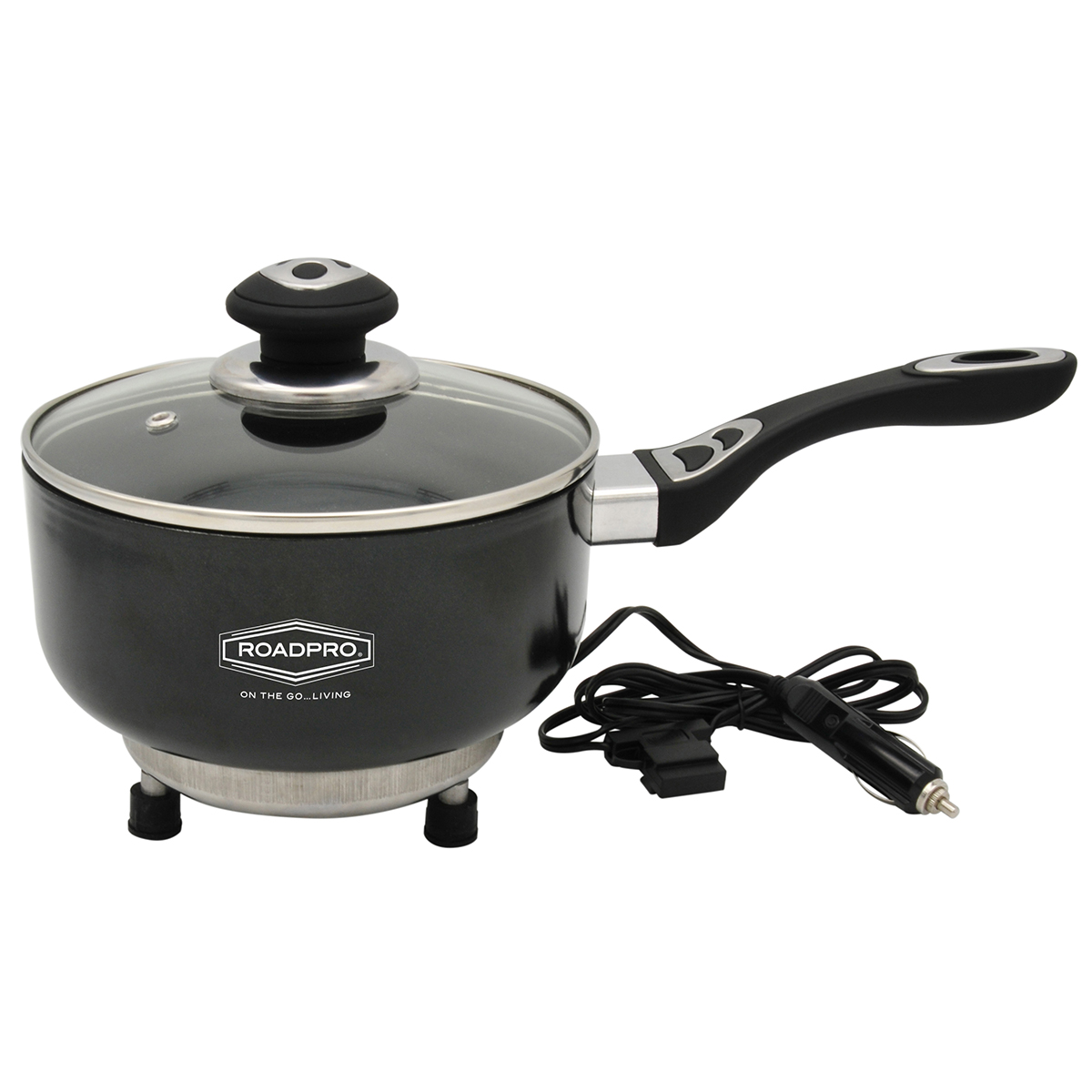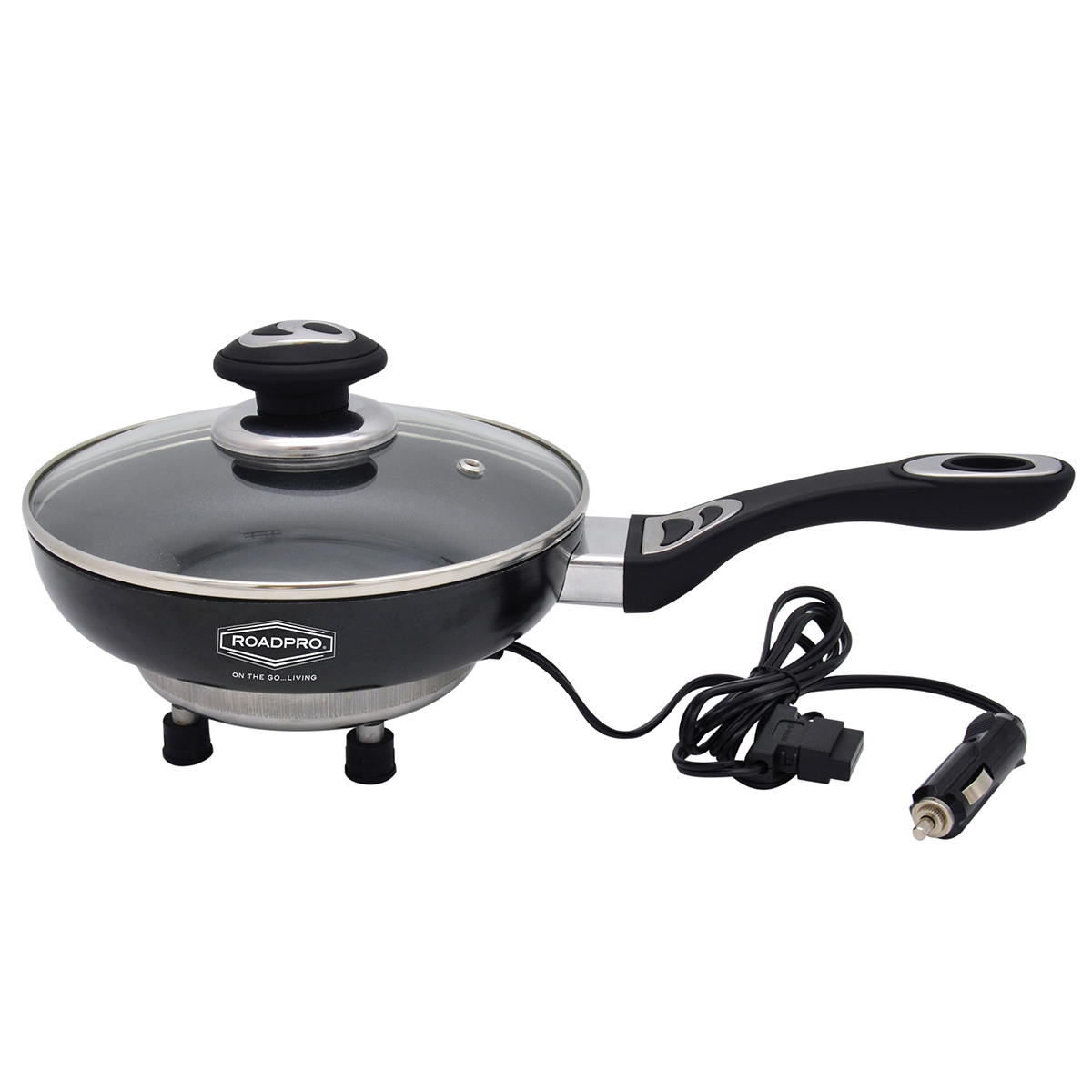Due to various reasons(red tape, inspections, certificates..) 24v cooking equipment would be easier than inverter+230v equipment.
Based on google microwaves and cooktops exist(India, alibaba?) but does anyone have experience with these?
DIY inverter packed inside microwave would be one solution... "I don't have any 230v installations"
Based on google microwaves and cooktops exist(India, alibaba?) but does anyone have experience with these?
DIY inverter packed inside microwave would be one solution... "I don't have any 230v installations"






